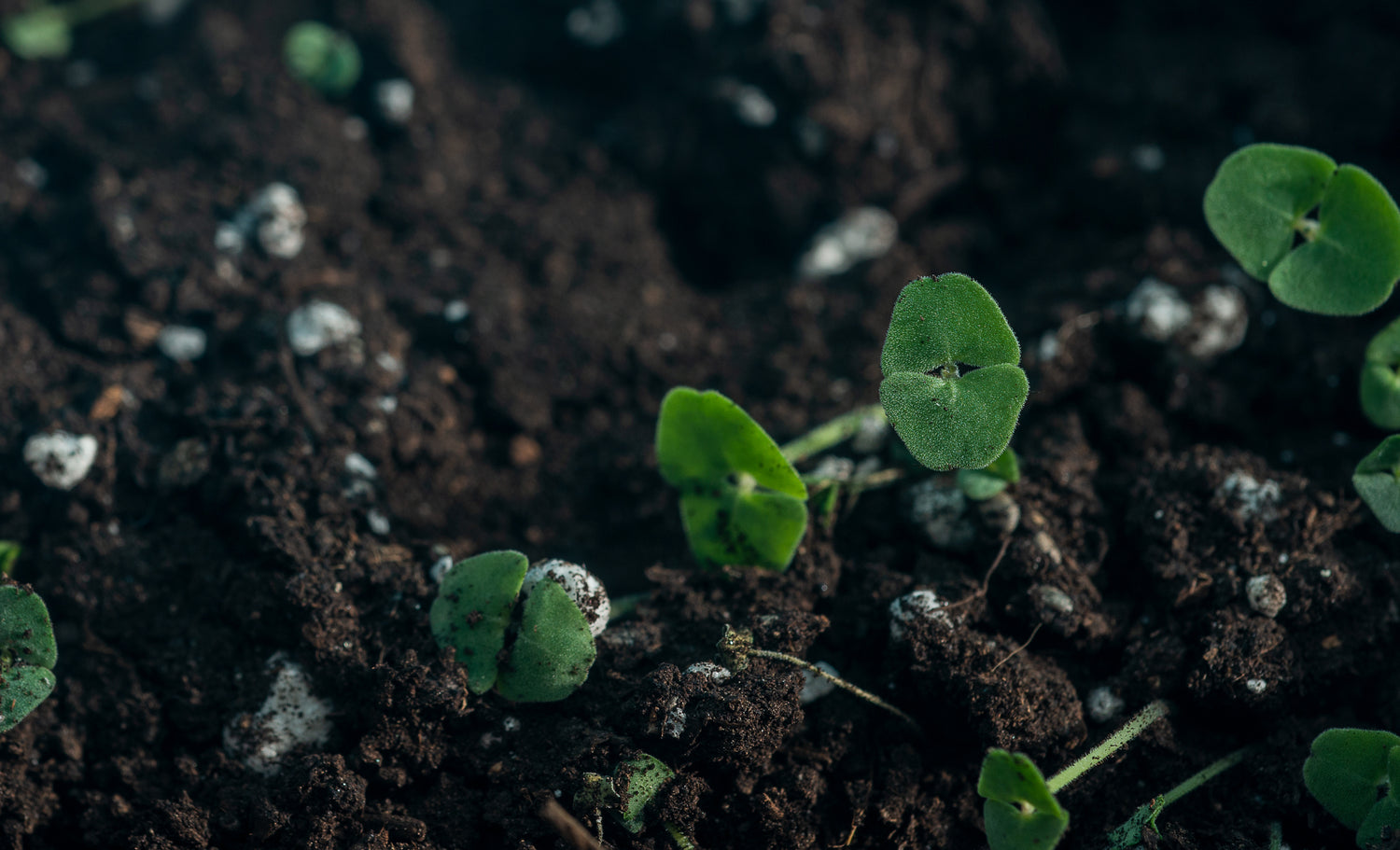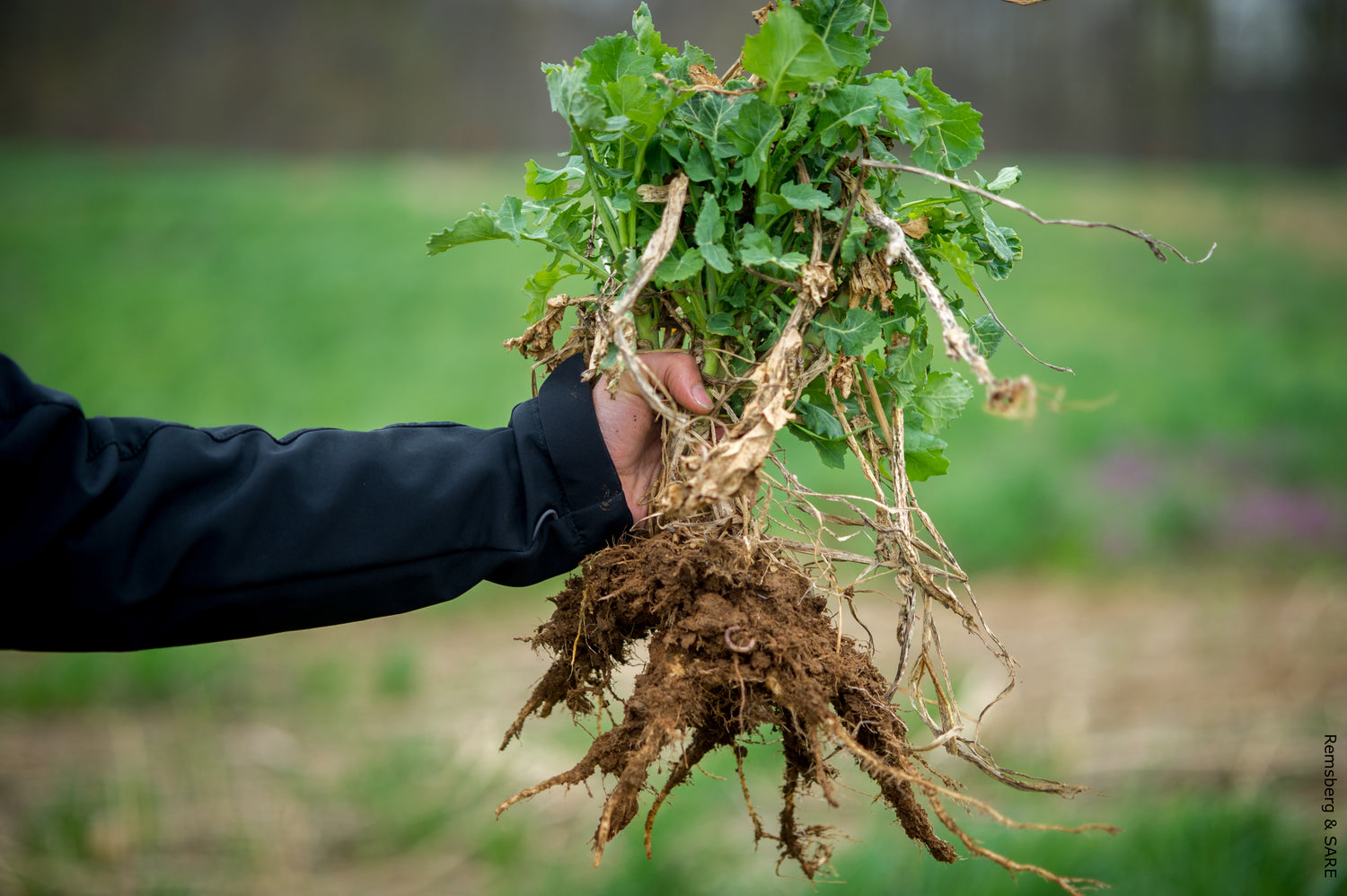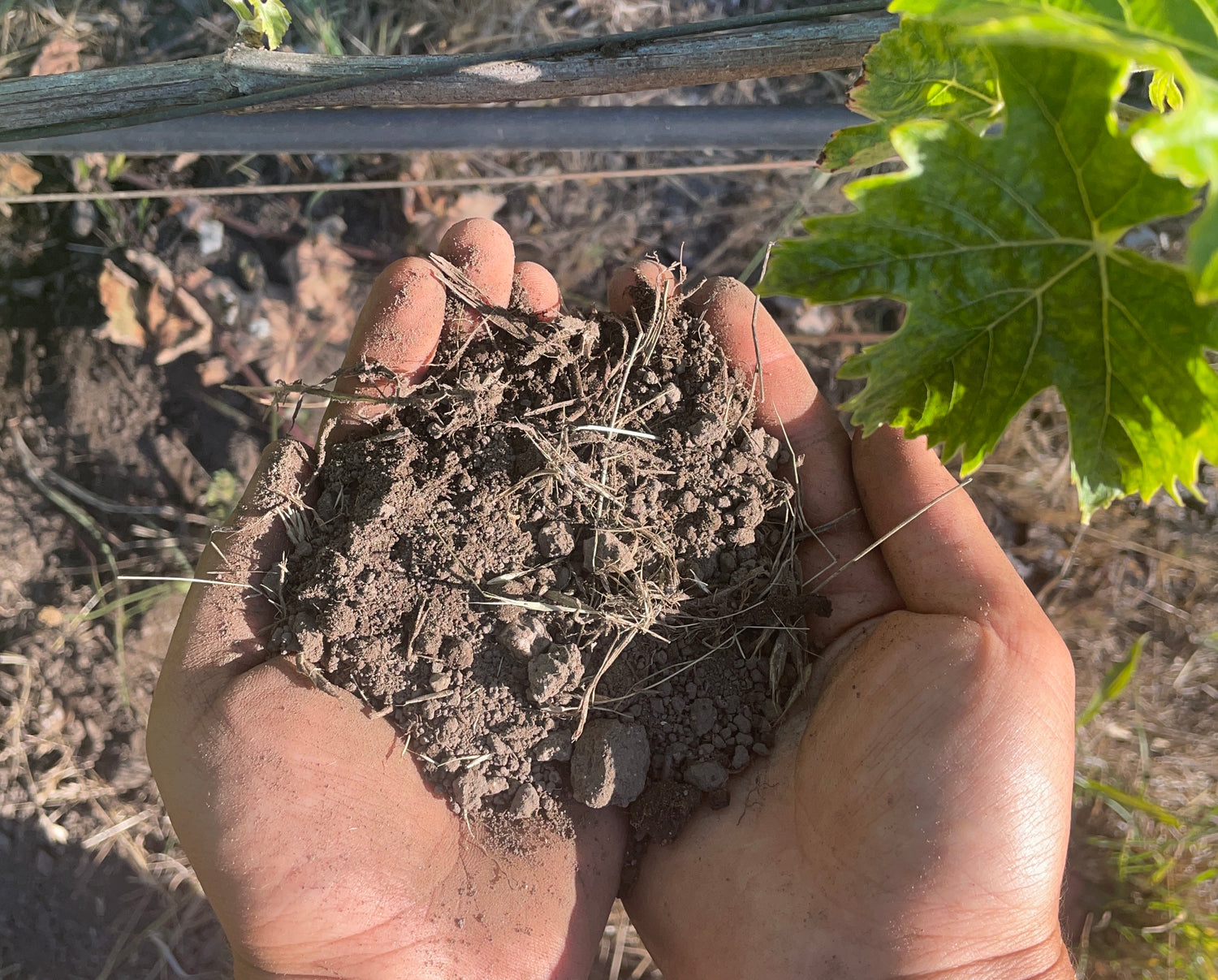Yellow leaves signal that your plants are experiencing physiological stress. Whether you manage a home garden or care for indoor plants, understanding the underlying causes of chlorosis and implementing science-based solutions will help you maintain vigorous, healthy plants throughout the growing season.
Understanding Plant Chlorosis and Photosynthesis
Chlorosis refers to the yellowing of plant tissue due to insufficient chlorophyll production. Chlorophyll is the pigment responsible for capturing light energy during photosynthesis, the process by which plants convert sunlight into chemical energy for growth. When chlorophyll synthesis is disrupted, leaves lose their green color and photosynthetic efficiency declines.
Multiple factors can interrupt chlorophyll formation, including insufficient nutrients, compromised root function, pathogen infection, and environmental stress. The pattern of yellowing provides diagnostic clues: uniform yellowing suggests mobile nutrient deficiencies, while interveinal chlorosis points to immobile nutrient problems or soil chemistry issues.
Nutrient Deficiency Causes and Remedies
Nitrogen Deficiency
Nitrogen is the primary component of chlorophyll molecules and amino acids. When plants lack adequate nitrogen, chlorophyll synthesis decreases, resulting in pale yellow leaves. This deficiency typically appears first on older, lower leaves because nitrogen is a mobile nutrient that plants relocate from older tissue to support new growth. According to research from Pennsylvania State University, nitrogen-deficient plants exhibit stunted growth, with younger leaves showing particular growth inhibition and overall plant tissue turning yellowish-green.
To address nitrogen deficiency, apply balanced fertilizers containing available nitrogen forms such as ammonium or nitrate. Organic amendments including composted manure, blood meal, or cover crop residues provide slow-release nitrogen. The USDA Natural Resources Conservation Service emphasizes that nutrient management should follow the 4R principles: right source, right rate, right timing, and right method of application to optimize plant uptake while minimizing environmental losses.
Accurate diagnosis begins with proper soil testing. Need to test your soil? Professional analysis reveals nutrient levels, pH, and specific deficiencies, enabling targeted fertilization strategies rather than guesswork.
Iron Deficiency and Soil pH
Iron deficiency produces distinctive interveinal chlorosis where leaf tissue yellows while veins remain dark green. This pattern occurs because iron is an immobile nutrient that plants cannot easily transport from older to younger leaves. Iron chlorosis commonly affects plants growing in alkaline soils with pH above 7.0, where iron converts to insoluble forms unavailable for plant uptake.
According to Utah State University Extension, iron chlorosis frequently occurs in alkaline soils containing lime, and the problem intensifies with excessive soil moisture, high phosphorus levels, and soil salinity. Treatment options include applying chelated iron products, particularly those containing FeEDDHA molecules that remain effective at high pH levels, or using a combination of ferrous sulfate and elemental sulfur applied through soil injection holes around the plant drip line.
For established woody plants, soil pH modification is challenging when free lime is present. In such cases, foliar applications of iron chelates or ferrous sulfate solutions provide temporary symptom relief, though repeated applications may be necessary throughout the growing season.
Water Management and Root Health
Overwatering and Root Oxygen Deprivation
Excessive soil moisture creates anaerobic conditions that suffocate plant roots. University of Maryland Extension research indicates that excess water reduces soil oxygen levels, damages fine root hairs, and impairs the plant's ability to absorb water and nutrients. Paradoxically, overwatered plants display symptoms similar to drought stress, including wilting and yellowing of lower leaves, because damaged roots cannot support the plant's water demands.
Overwatering also promotes root rot diseases caused by Phytophthora and Pythium species. The University of Florida IFAS Extension notes that saturated soil conditions encourage these pathogenic fungi to proliferate and attack root systems, particularly in young plants.
To remedy overwatering problems, reduce irrigation frequency and allow the top several inches of soil to dry between watering events. Improve soil drainage by incorporating organic matter such as compost or aged bark, which enhances soil structure and pore space. For container plants, ensure pots have adequate drainage holes and remove standing water from saucers.
Underwatering and Moisture Stress
Insufficient water supply limits nutrient transport through the plant vascular system and reduces photosynthetic activity. Water-stressed plants often develop yellowing leaves as they shed older foliage to reduce transpiration demands. Apply water deeply but infrequently to encourage deep root development. A layer of organic mulch around plant bases helps retain soil moisture, moderate soil temperature fluctuations, and suppress competing weeds.
Pest and Disease Management
Sap-Sucking Insects
Aphids, spider mites, and whiteflies extract plant sap, removing water, nutrients, and photosynthetic compounds. Heavy infestations cause leaf yellowing, stunted growth, and distorted new growth. These pests also excrete honeydew that supports sooty mold development, further reducing photosynthetic capacity.
Control minor infestations with insecticidal soap or horticultural oil applications, which suffocate soft-bodied insects on contact. Neem oil provides both insecticidal and antifeedant properties. Encourage beneficial predators including ladybugs, lacewings, and parasitic wasps that naturally suppress pest populations. Avoid broad-spectrum insecticides that harm beneficial insects.
Fungal Pathogens
Fungal diseases such as powdery mildew, leaf spot, and anthracnose cause localized or widespread leaf yellowing. Infected tissue may display spots, blotches, or white powdery growth depending on the pathogen species. Fungal spores spread through water splash, wind, and contaminated tools.
Remove and destroy infected plant material promptly to reduce inoculum levels. Do not compost diseased tissue, as some pathogens survive the composting process. Apply appropriate fungicides according to label instructions, targeting applications during early infection stages for best results. Improve air circulation around plants through proper spacing and pruning to create conditions less favorable for fungal establishment.
Environmental Stress Factors
Temperature Extremes
High temperatures above optimal ranges for a species cause heat stress, manifested as scorched leaf margins and yellowing tissue. Excessive heat increases transpiration rates beyond the root system's capacity to supply water, resulting in temporary wilting and permanent tissue damage. Conversely, cold temperatures damage cellular membranes and disrupt metabolic processes, causing leaf discoloration.
Provide temporary shade during heat waves using shade cloth or strategic placement of containers. Protect tender plants from frost using row covers or cold frames. Mulching helps buffer soil temperature fluctuations and protects root systems from temperature extremes.
Light-Induced Stress
Sudden exposure to intense sunlight causes sunscald on leaves previously grown in shade or indoor conditions. Affected tissue develops yellow or brown patches where cellular damage has occurred. Gradually acclimate plants to higher light levels over one to two weeks when moving them to brighter locations. Provide afternoon shade for sun-sensitive species during peak intensity hours.
Soil pH and Nutrient Availability
Soil pH significantly influences nutrient solubility and plant uptake. Most essential nutrients achieve optimal availability in slightly acidic to neutral soils ranging from pH 6.0 to 7.0. When pH strays outside this range, certain nutrients become chemically bound in unavailable forms even when present in adequate quantities.
Conduct soil testing through a certified laboratory to determine current pH levels and nutrient status. State university extension services typically offer affordable soil testing programs with interpretation and recommendations. To raise pH in acidic soils, incorporate agricultural limestone at rates specified by soil test results. To lower pH in alkaline soils, apply elemental sulfur, though pH reduction requires time as soil microorganisms convert sulfur to sulfuric acid.
Preventive Practices for Long-Term Plant Health
Regular monitoring allows early detection of problems before they become severe. Inspect plants weekly for changes in leaf color, growth rate, and signs of pest or disease activity. Maintain detailed records of fertilization, irrigation, and pest management activities to identify patterns over time.
Implement balanced fertility programs based on soil test results and specific crop requirements. Avoid excessive fertilization, which can create nutrient imbalances, increase disease susceptibility, and contribute to environmental pollution. Organic matter additions improve soil physical properties, enhance water retention, and provide slow-release nutrients.
Practice proper irrigation techniques that supply adequate moisture without waterlogging. Water deeply but infrequently to encourage extensive root development. Adjust irrigation frequency based on weather conditions, plant growth stage, and soil type. Sandy soils require more frequent watering than clay soils due to differences in water-holding capacity.
Maintain optimal growing conditions by selecting plant species suited to your climate, soil type, and available light levels. Poorly adapted plants require intensive management and remain more susceptible to stress-related problems. Choose disease-resistant cultivars when available to reduce the need for chemical interventions.
Employ crop rotation in vegetable gardens to interrupt pest and disease cycles. Many soil-borne pathogens and insect pests have specific host ranges and decline when their preferred hosts are absent for one or more seasons. Companion planting strategies can help deter certain pests through physical barriers or chemical repellents produced by aromatic plants.
Remove dead, diseased, or damaged plant material promptly. Fallen leaves and spent flowers can harbor pathogens and provide overwintering sites for pests. Sanitize pruning tools between cuts when working with diseased plants to prevent pathogen spread. Regular pruning improves air circulation, reducing humidity levels that favor fungal development.
Conclusion
Yellow leaves serve as visual indicators that plants are experiencing physiological stress from nutrient deficiencies, improper water management, pest infestations, diseases, or environmental factors. Successful diagnosis requires careful observation of yellowing patterns, affected plant parts, and growing conditions. By understanding the specific causes and implementing targeted remedies based on scientific research and extension recommendations, gardeners can restore plant vigor and maintain healthy, productive landscapes. Preventive care through proper site selection, soil management, balanced nutrition, and regular monitoring provides the foundation for long-term plant health and reduces the need for corrective interventions.
Sources
- Pennsylvania State University Department of Plant Science. Nitrogen Deficiency. https://plantscience.psu.edu/research/labs/roots/methods/methods-info/nutritional-disorders-displayed/nitrogen-deficiency
- USDA Natural Resources Conservation Service. Nutrient Management. https://www.nrcs.usda.gov/resources/guides-and-instructions/nutrient-management
- Utah State University Extension. Preventing and Treating Iron Chlorosis in Trees and Shrubs. Kuhns, M. and Koenig, R. https://extension.usu.edu/forestry/trees-cities-towns/tree-care/preventing-iron-chlorosis
- Utah State University Extension. What is Iron Chlorosis and What Causes It? https://extension.usu.edu/forestry/trees-cities-towns/tree-care/causes-iron-chlorosis
- University of Maryland Extension. Overwatered Indoor Plants. https://extension.umd.edu/resource/overwatered-indoor-plants
- University of Florida IFAS Extension. Phytophthora Foot Rot, Crown Rot, and Root Rot. https://edis.ifas.ufl.edu/publication/CG009
- Montana State University Extension. What Does Yellowing or Chlorosis Tell Us About Nutrient Deficiencies? https://apps.msuextension.org/montguide/guide.html?sku=MT202205AG
- University of Missouri Extension. Diagnosing Nutrient Deficiencies. https://ipm.missouri.edu/meg/2011/6/Diagnosing-Nutrient-Deficiencies/












